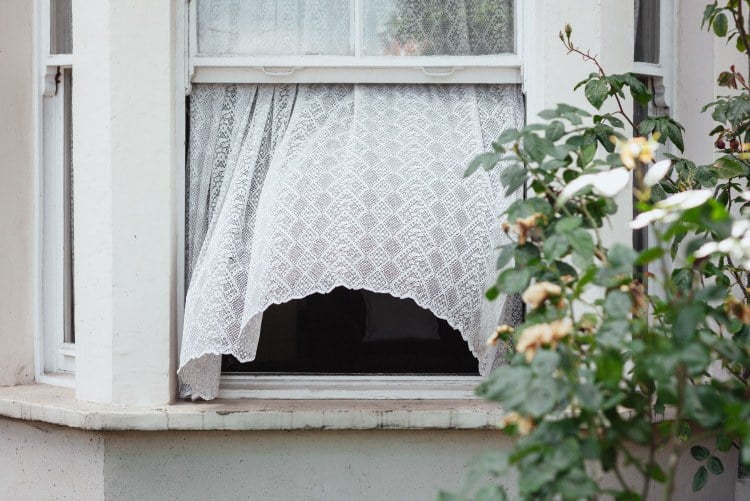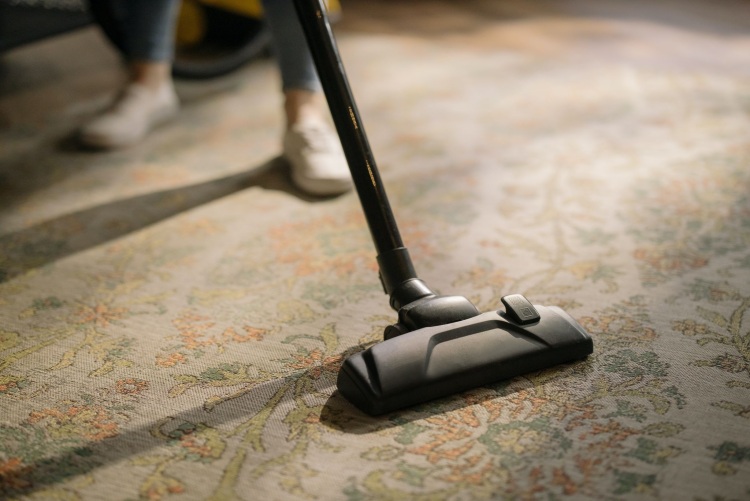How to Improve Air Quality in your New Home

As you are settling into your new home, chances are things are in disarray and you have numerous tasks to complete before your home is in a livable state. One of the most important tasks is dealing with the air quality of your home. It is something that you immediately take-in when you enter the home and has long-lasting impacts on your health.
Paying for additional contractors to have a look at your home to improve its ventilation may not be feasible as your funds may be lacking from purchasing a new home or you don’t have the time to spare during this move-in process. Luckily, there are several easy ways you can improve your homes’ air quality without much effort that you can do immediately as you move in.
With a little knowledge you’ll be prepared to take proactive measures even before you step into your new home!
What are Easy Ways to Improve the Air Quality in Your New Home?
Open the Windows
The easiest, but also the most obvious way you can improve the air quality in your home. In most situations, the air quality outside is more likely to be of higher quality than in your home.
Think about the numerous various sources that can pollute the air in your home:
- Oil and gas
- Cooking stovetops
- Household cleaning supplies
- Humidity from showering
- Mold buildup
- Dust and dirt from outside
- Central heating
- New paint jobs
- Pet dander
Your home has limited ways to filter out these various pollutants such as certain ventilation shafts through your central heating or exhausts. The outside air however has unlimited ways for these pollutants to escape into the atmosphere. By simply opening your windows, you introduce more ventilation methods so these pollutants can easily escape.
For those who have shifted to a permanent work from home situation, this is much more important to you as even though it feels like the air inside your home is clean, invisible to the naked eye you’ve been building up air pollution in your home. Do not forget to open your windows periodically to freshen up the air in your home!
Houseplants May Not be as Useful As You Think
We’ve been taught at a young age plants take in carbon dioxide and dispel clean oxygen for humans to breathe. With this knowledge, many people believe having plants improves the air quality in your home. This has been disproven and shown that household plants have a negligible impact on the air quality in your home.
From an air quality perspective, household plants may do more harm than good. You may spill soil onto the floor or introduce pests that live near your plants that further decrease the quality of the air quality in your home.
If you do decide to have various houseplants, you’ll need to ensure you maintain proper care of the plants and clean up any messes they may cause to ensure they do not impact your air quality in a negative way. Plants may take away the precious limited time you have when you move into your new home so your efforts should be put elsewhere.
Vacuum and Clean the House
Many people tend to reduce the amount of times they clean up their home, whether it’s vacuuming or cleaning the bathrooms. They let dirt buildup to a point where it starts having a visible impact and then complete the cleaning job. This may seem harmless at first but it has a large invisible impact on the air quality in your home.
Long story short: immediately vacuum and clean your home as you’re moving in as well as consistently each week.
Dust accumulation can pose a number of health issues. By letting dust build up, you will be constantly breathing in dust whether you realize it or not. Dust consists of various objects such as dead skin cells, bacteria, dead insects, pollen and other small microscopic pieces of plastic. Your cardiovascular system will need to expend extra efforts in filtering out these irritants. For those with poor cardiovascular systems, these irritants may cause much more serious health conditions.
What if your health isn’t the biggest issue? Another approach to look at this is your electronics. Dust causes a myriad of issues to your electronics. Your laptop or desktop PC is reliant on having unobstructed paths to cool down its systems. Dust can easily accumulate and jam your computers’ cooling systems which rapidly kills the lifespan of some of your devices as it overheats and works harder to cool itself.
Create Your Own DIY Air Purifier
When you’re moving, chances are you are going to be heading to a home hardware store to purchase products for your move. One of the most effective ways to improve the air quality in your home without much effort or cost is to build your own DIY air purifier.
A DIY air purifier consists of a simple fan with a HEPA filter attached to one end. Turn on the fan and the air will go through the HEPA filter. Seems too simple to be true? There have been tests conducted comparing DIY air purifiers to expensive branded models and the DIY air purifiers performed as good or better in removing pollutants in the air when compared to more expensive models.
The best part? It’s relatively inexpensive and takes less than 20 minutes to set up – tape the HEPA filter onto the fan and that’s it!.
Use a Humidifier
Humidifiers help you tackle air quality problems brought upon changes to the humidity throughout the different seasons of the year. While humidifiers are great for your skin and plants they are also important in tackling health problems you may encounter during winter in the context of air quality.
During winter, humidity levels drop and cause various issues such as hay fever symptoms, asthma, allergies and other respiratory problems. By controlling the moisture in the air, you’ll help reduce the problems mentioned above, but as well as mitigate other problems such as reducing static electricity that often occurs in winter that can easily cause cracks in paint and furniture.
Cracks in wood flooring, paintings, plaster, and peeling wallpaper are all other examples of slow and invisible changes due to low humidity. These all contribute to poorer air quality as they accumulate unknowingly to the dust in your home.
Change your Filters Immediately
Depending on the home you move into, the filters may need to be changed. This isn’t just the filter that’s connected to your central heating or air conditioning system but other filters as well. Your vacuum cleaner, dryer and kitchen exhaust vents all have filters of their own that contribute to ventilation and help control air quality in your home. These are all relatively easy maintenance tasks you can quickly do when you first step into a home. If a filter needs to be replaced, you can add it to your shopping list of purchasable items when you drive over to a home hardware store saving you from extra shopping trips.
Conclusion
Air quality is an important factor to your everyday living experience in a new home, and is often overlooked during the chaos of a move-in process. That initial movement of various furniture, people, pets, and other household items immediately introduces a ton of outside pollutants into a new home.
It is imperative that you proactively take steps to improve air quality from the get-go through some of the easy ways as discussed in this article like opening the windows, routinely cleaning the home, using DIY air purifiers and humidifiers, and changing all your filters.
We hope you found this blog post on Simple Ways to Improve the Air Quality in your New Home, useful. Be sure to check out our post on Is Your AC System Safe from Brownouts and Power Surges? for more great tips!
Have Experience in the Moving Industry? Want an Additional Income Stream? Work With All Around Moving!
Apply your moving consultant expertise with us. We share profits 50-50 with you from all jobs you book with us. Partner with us and we’ll help you make money. Click here to learn more.







